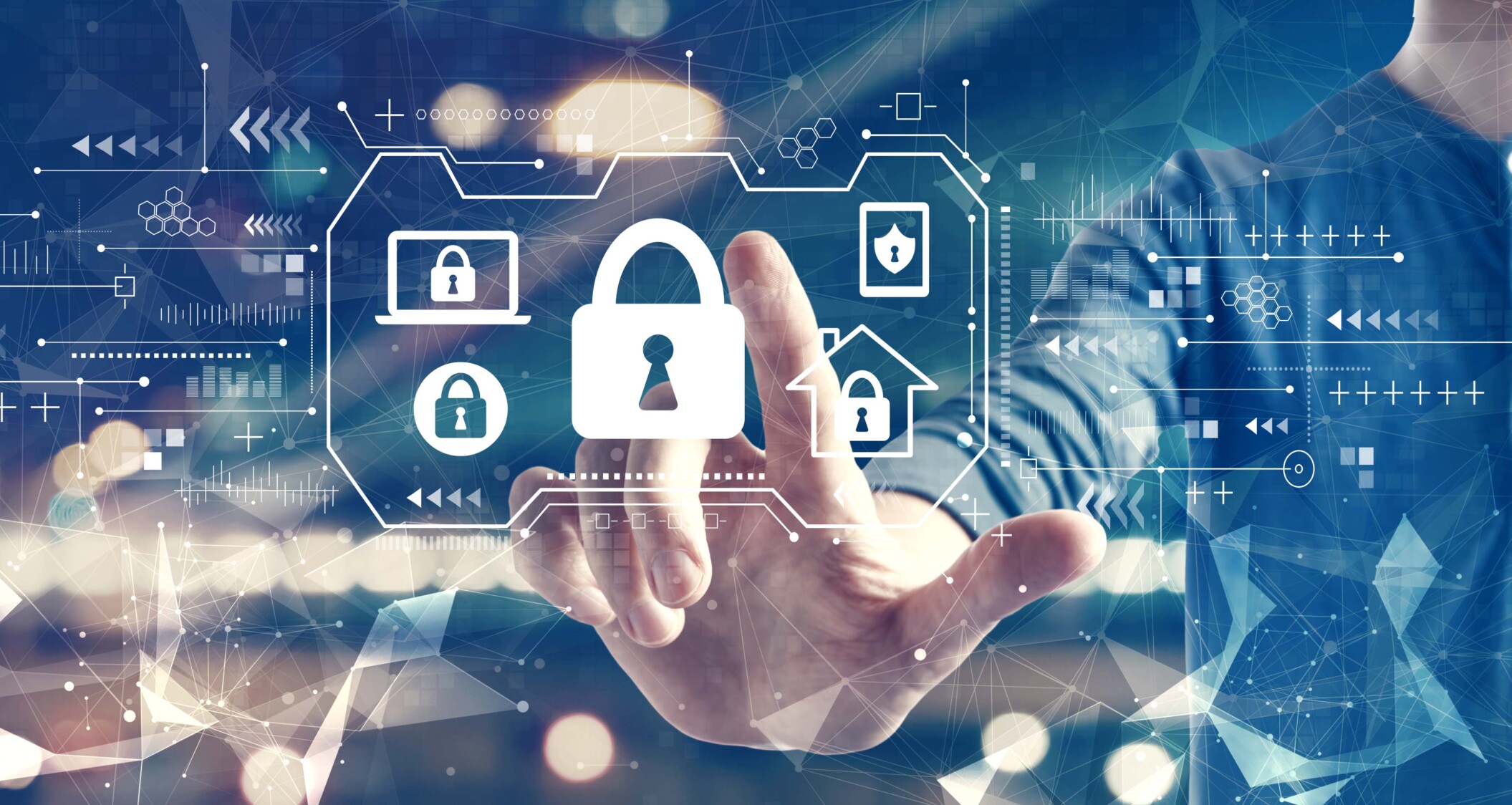
In today’s digital age, safeguarding sensitive data and ensuring the security of company information is of paramount importance. Cyber threats, data breaches, and privacy concerns are prevalent risks that businesses face daily.
Enhancing company security and privacy protocols is crucial to protect your organization’s assets, maintaining the trust of your customers and clients, and safeguarding your reputation.
In this comprehensive guide, we will explore effective ways to strengthen your company’s security measures and privacy protocols.
Conduct regular security audits
A thorough security audit is the foundation of any effective security strategy. Regularly assess your company’s security measures and protocols to identify potential weaknesses and vulnerabilities. This includes evaluating network security, physical security, access controls, and data protection practices.
Engage internal or external security experts to conduct comprehensive assessments, review security logs, and perform penetration testing to identify potential entry points for cyber-attacks.
Implement strong password policies
Passwords remain one of the primary means of access to company systems and data. Implementing strong password policies is critical to prevent unauthorized access. Enforce the use of complex passwords that include a combination of uppercase and lowercase letters, numbers, and special characters.
Additionally, encourage employees to use unique passwords for each account and enable multi-factor authentication (MFA) to provide an extra layer of security.
Employee training and awareness
Educating employees about security best practices is vital to creating a security-conscious culture within your organization. Conduct regular security training sessions to familiarize employees with potential risks, phishing attacks, and social engineering tactics.
Emphasize the importance of data handling procedures and maintaining the confidentiality of sensitive information. Foster a sense of responsibility among employees in protecting company assets and reporting any suspicious activities promptly.
Secure network infrastructure
A robust network infrastructure is essential to safeguard company data from unauthorized access. Utilize firewalls and intrusion detection systems (IDS) to monitor and filter network traffic, preventing potential threats from infiltrating your systems.
Implement strong encryption protocols, especially for data transmission, to protect information as it travels over networks. Regularly update network equipment and firmware to ensure they are equipped with the latest security patches.
Control access and permissions
Limiting access to sensitive data and systems is crucial in reducing the risk of data breaches. Implement role-based access controls (RBAC) to ensure that employees have access only to the information necessary for their roles.
Review and revoke access privileges regularly, especially for employees who change roles or leave the organization. Implement strict access controls for third-party vendors or contractors who may require limited access to certain data or systems.
Regularly update software
Outdated software and applications are vulnerable to security exploits. Hackers often target known vulnerabilities to gain unauthorized access. To mitigate this risk, ensure that all software, including operating systems, applications, and plugins, are regularly updated with the latest security patches.
Consider using centralized patch management tools to streamline and automate the update process, reducing the likelihood of overlooked vulnerabilities.
Data backups and disaster recovery
Data loss due to hardware failures, cyber-attacks, or natural disasters can be catastrophic for any organization. Regularly back up critical data and ensure that backups are stored securely, preferably offsite.
Implement a robust disaster recovery plan that outlines procedures for data restoration and system recovery in case of emergencies. Regularly test the disaster recovery plan to validate its effectiveness and make necessary adjustments.
Monitor and respond to threats
Proactive monitoring is essential to detect and respond to security incidents promptly. Implement real-time security monitoring tools that can identify and alert your security team to potential threats or anomalous activities. Invest in security information and event management (SIEM) solutions to centralize and analyze security logs and event data from various sources.
Establish an incident response plan that outlines the steps to be taken in case of security breaches, and regularly conduct drills to ensure that your team is well-prepared to handle any incidents.
Invest in mailroom security
In today’s digital world, much of the focus on security and privacy measures has shifted to online platforms. However, it’s important not to forget about the physical security of a company’s mailroom. Investing in mailroom security can provide a crucial layer of protection against both external and internal threats.
By implementing measures such as surveillance cameras, secure mail drop-off and pick-up procedures, and staff training on how to identify suspicious packages, companies can significantly reduce their risk of security breaches.
Additionally, ensuring the privacy of both incoming and outgoing mail can help maintain client trust and confidentiality. In short, taking steps to enhance mailroom security is a smart decision for any company looking to prioritize the safety of its assets and personnel.
Conclusion
It is paramount for companies to safeguard their information by adopting rigorous security and privacy protocols. As technology advances, hackers are becoming more skilled in stealing confidential data, and businesses cannot afford to be lax in this aspect. A comprehensive approach is necessary, beginning with identifying potential vulnerabilities, educating employees, to investing in modern cybersecurity tools.
Companies that prioritize security and privacy will not only protect themselves from cyber threats but also gain their customers’ trust, leading to greater success and stability in the long run. Therefore, let’s pledge to continuously refine our security and privacy protocols to stay up-to-date with the latest best practices.
Leave a Reply